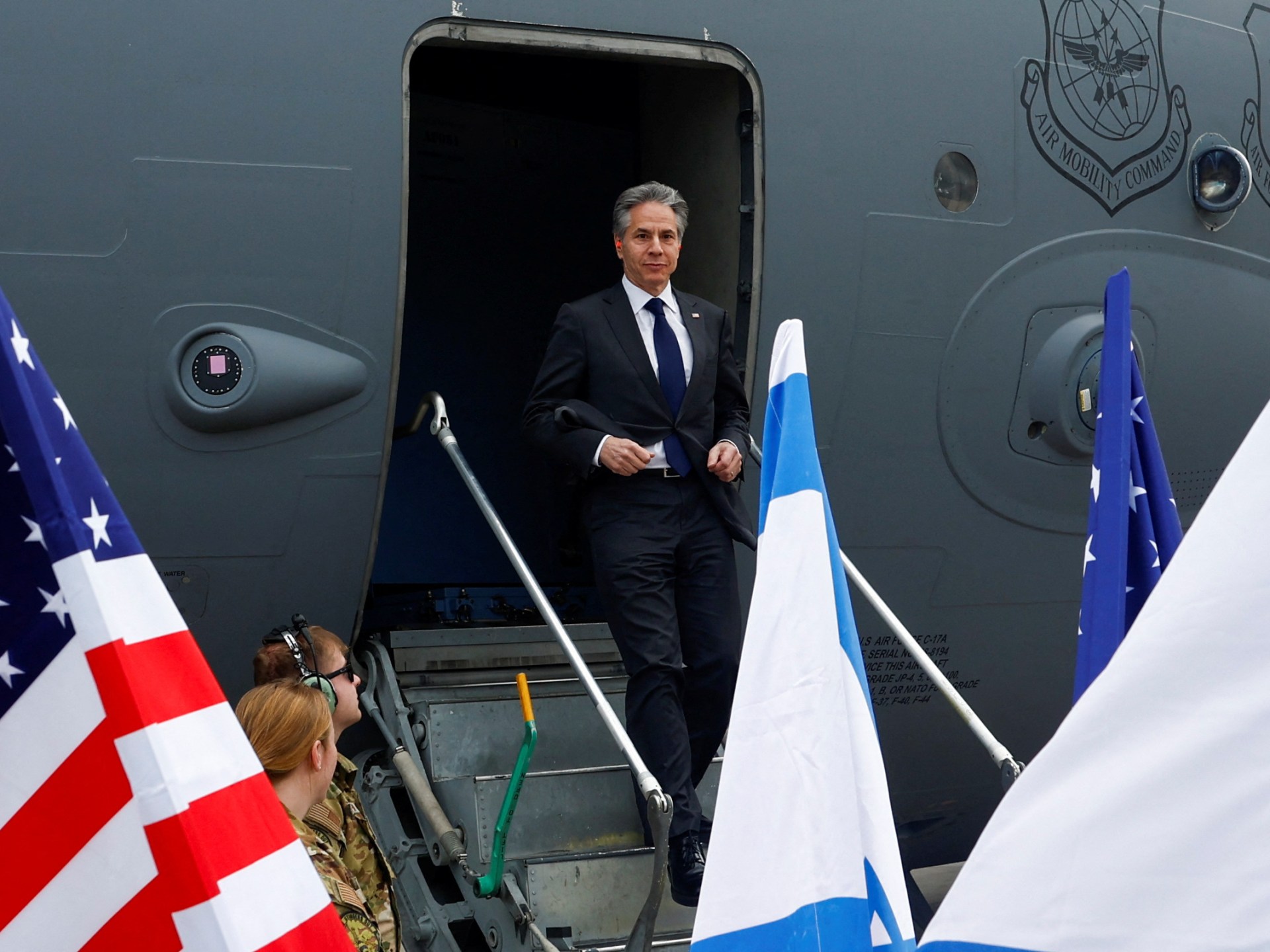The moral dilemma of sending cluster munitions to Ukraine
Their usage comes at a particular fraught moment in the course of the war. Ukraine’s counteroffensive to recapture lost territory is going slower than some Western officials would like, while the Kremlin chose last week to scrap participation in a U.N.-backed grain deal that unlocks Ukraine’s agricultural goods for export — what was perhaps the conflict’s sole successful major diplomatic initiative. Russian strikes on Ukrainian cities — including Odessa, the main conduit for Ukraine’s grain on the Black Sea — have intensified. All the while, Ukraine’s brigades, bolstered by Western armored vehicles, are doggedly working to break the entrenched Russian lines.
“Russia’s strongholds in the east and south have been densely mined with antitank and antipersonnel mines and trip wires in areas from three to 10 miles deep. The defenses have been successful in stalling Ukraine’s counteroffensive, which began about a month ago,” my colleagues reported. “A Ukrainian official told The Washington Post that the [cluster] munitions have been fired at Russian positions to break up the trenches.”
Cluster munitions explode in the air before releasing dozens to hundreds of smaller bomblets across a wide expanse of land, sometimes the size of a football field. They filled Cold War arsenals as weapons to be used against massed tank and infantry formations. The munitions sent to Ukraine, my colleagues reported, are artillery shells that can be fired from the howitzers that Western nations began providing Ukraine last year.
The Biden administration spent months internally deliberating whether to dispatch the cluster munitions before finally agreeing to do so earlier this month. President Biden had to invoke special national security grounds to bypass U.S. law that prevents the transfer of cluster bombs with a dud rate — that is, the share of unexploded bomblets that may remain in the ground — greater than 1 percent. (The current shipments are at a dud rate of 2.35 percent, though some experts believe the true rate is much higher.) U.S. officials have been at pains to stress that they will also aid the Ukrainians in efforts to demine and clear areas contaminated with cluster munition ordnance.
“They will record the places that they use them, and they will prioritize demining efforts, and we’ll help them do that in those places where they have used these,” Defense Secretary Lloyd Austin recently said, adding that Ukraine has committed not to deploy the bombs in population centers.
Nevertheless, the decision led to criticism from European governments and U.S. allies, human rights groups, as well as some U.S. Democrats. In June, a coalition of 38 organizations, including Human Rights Watch and the U.S. office for UNICEF, the U.N. children’s agency, sent a letter to the White House urging Biden to resist making the transfers.
“Cluster munitions are among the most harmful weapons to civilians, as they are designed to disperse indiscriminately across a wide area and often fail to explode on initial use, littering communities with unstable unexploded ordnance and causing devastating harm to civilians, and especially children, years after a conflict ends,” the coalition said in its letter.
The United States has a long and ignominious history of using the weapons. They featured in U.S.-led bombing campaigns in Iraq and Serbia, and were fixtures in the Vietnam War — in Laos, unexploded ordnance dropped more than a half century ago by the United States are still killing civilians to this day. “Cluster bombs sometimes look like beautiful things,” a doctor at Iraq’s Najaf Teaching Hospital told Human Rights Watch in 2003. “Children like to play with them. [They] are here and there, everywhere on farmland.”
Ukraine has become the world’s most mined country, as my colleagues Eve Sampson and Samuel Granados recently reported. Close to 70,000 square miles of territory — larger than Florida — is now believed contaminated by unexploded ordnance. Cleaning all that up may take decades of work and billions of dollars of investment. New rounds of cluster munitions would only deepen the problem.
“Cluster munitions could bring Kyiv a temporary battlefield advantage,” wrote Michael Bociurkiw, an analyst based in Odessa. “Once the war is over, however, the potentially deadly legacy of these indiscriminate weapons will remain embedded in Ukrainian soil for years to come.”
Critics also argue the delivery of these weapons undermine Biden’s avowed commitment to the “rules-based” international order. “Nations in the rules-based international order have increasingly sought to draw a red line against use of weapons of mass destruction or weapons that pose a severe and lingering risk to noncombatants,” noted a New York Times editorial. “Cluster munitions clearly fall into the second category.”
Yet it’s the Ukrainian government itself that requested these munitions. Both Ukraine and Russia are burning through their arsenals, and both have resorted to deploying Soviet-era cluster munitions over the course of the war. International monitors have documented Russian usage of cluster bombs on civilian targets as early as the first month after Russia’s invasion began last year.
Western production of artillery shells and other munitions needed to replenish Ukraine’s outmanned military is also struggling to keep up with Ukrainian demand. The cluster bombs help Kyiv hold the line, for the time being.
In conversation with reporters about their usage, White House national security adviser Jake Sullivan pushed back against the assertion that the U.S. transfers compromised the Biden administration’s “moral” argument in the fight against Russian aggression.
“Our moral authority and Ukraine’s moral authority in this conflict comes from the fact that we are supporting a country under a brutal, vicious attack by its neighbor with missiles and bombs raining down in its cities, killing its civilians, destroying its schools, its churches, its hospitals,” Sullivan said. “And the idea that providing Ukraine with a weapon in order for them to be able to defend their homeland, protect their civilians, is somehow a challenge to our moral authority — I find questionable.”
Check out our Latest News and Follow us at Facebook
Original Source






